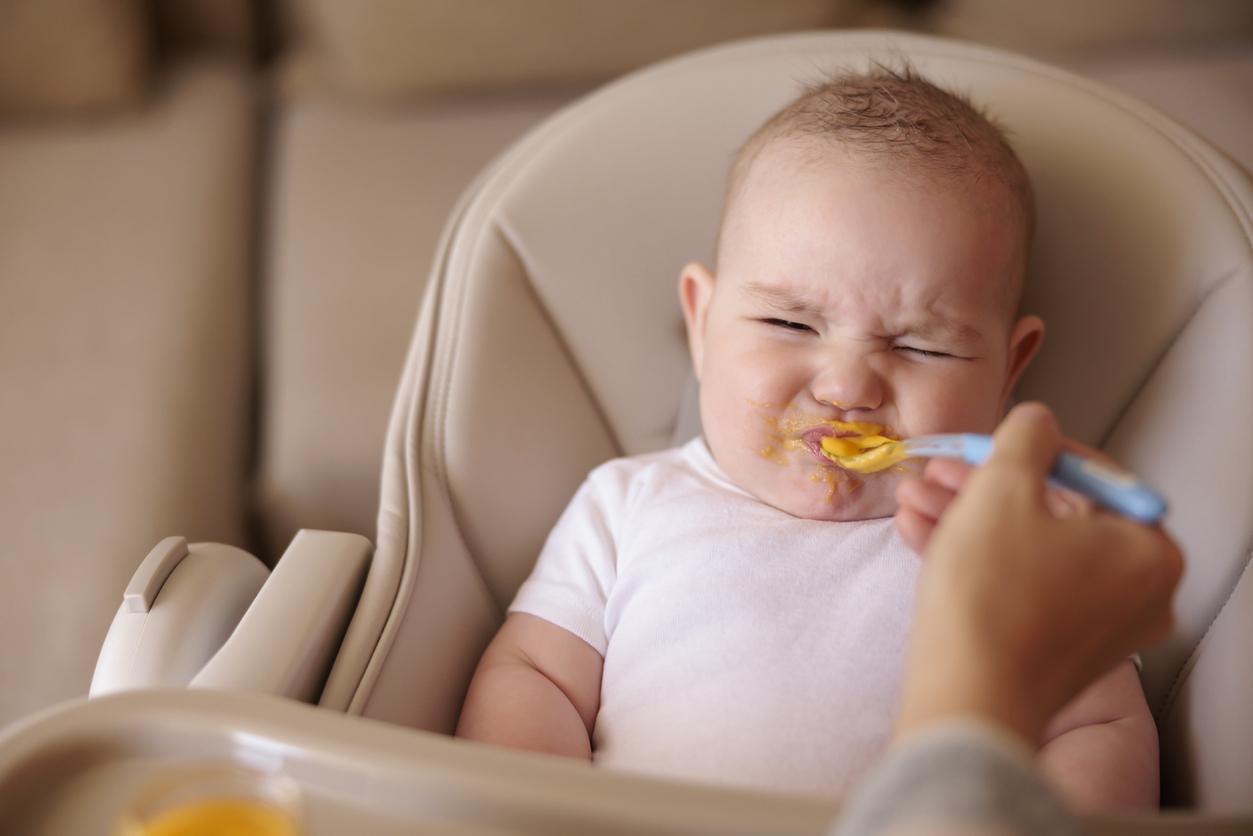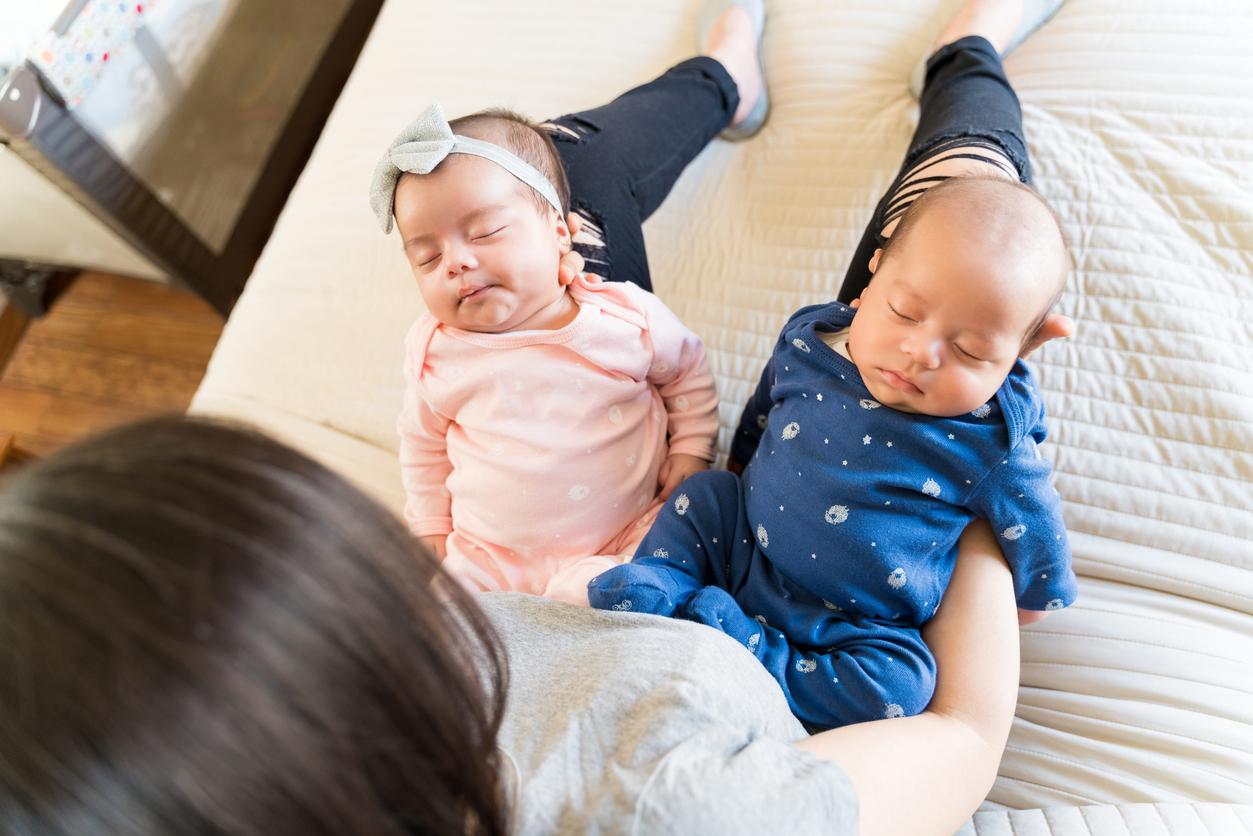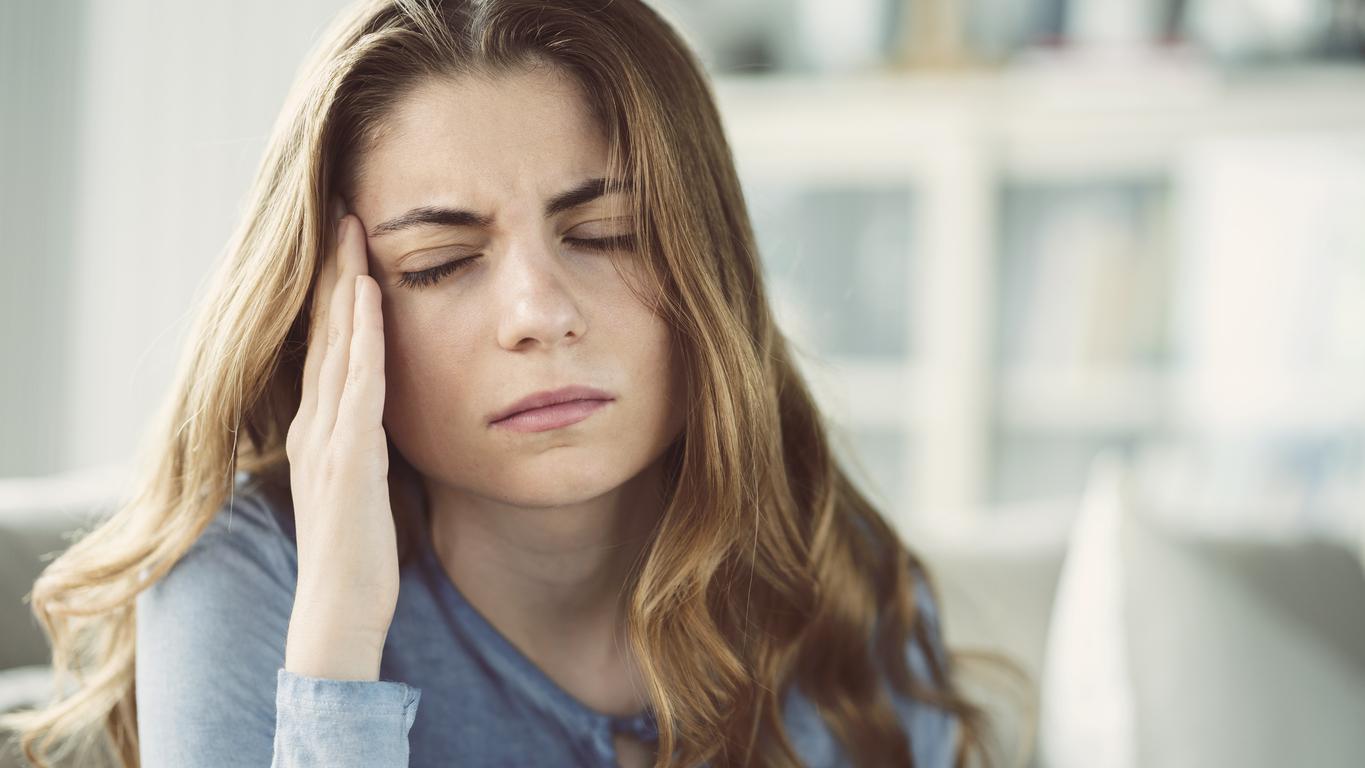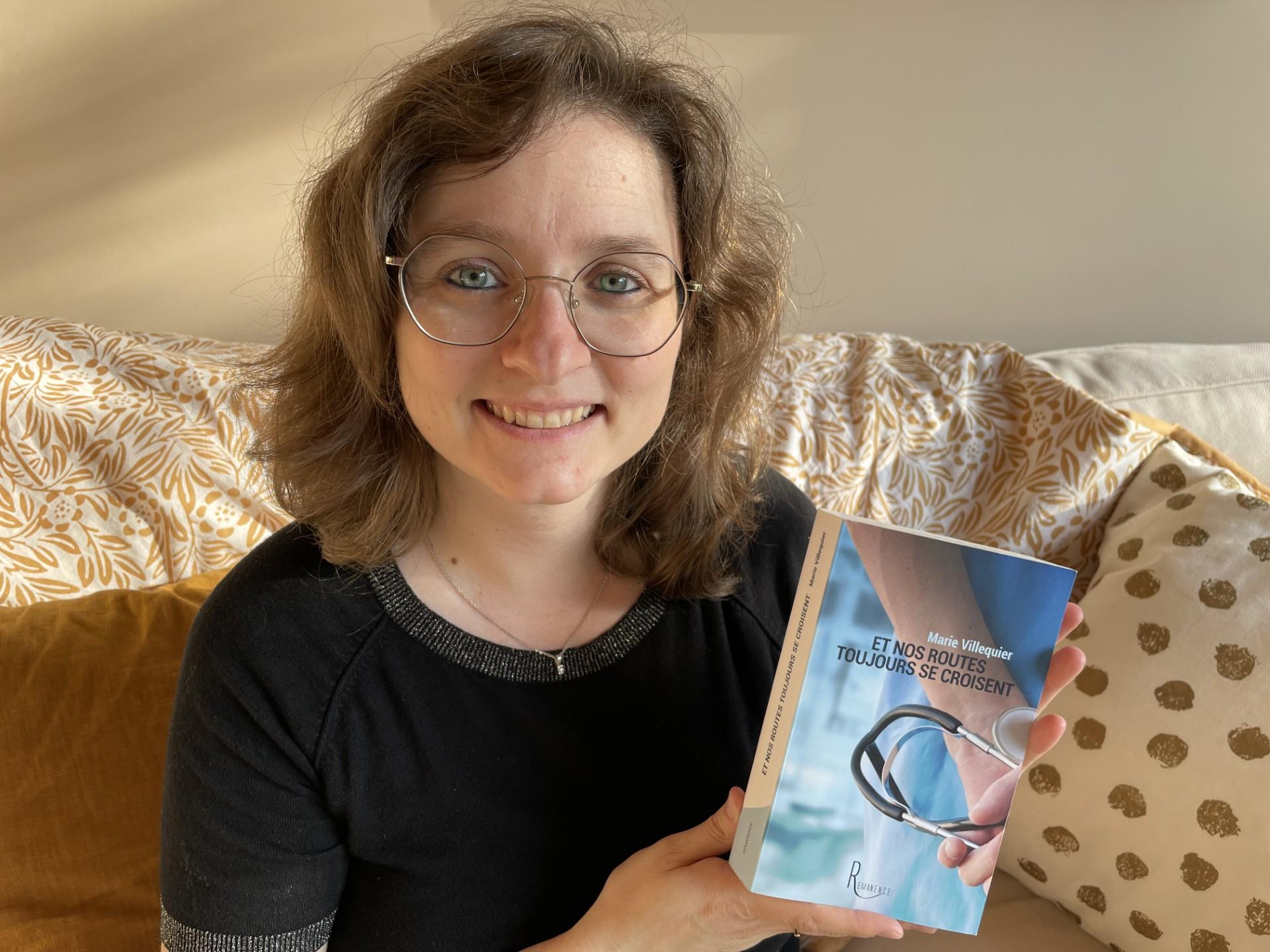Nearly 220,000 women had an abortion in France in 2015. With great disparities according to the regions. Île-de-France is favored.
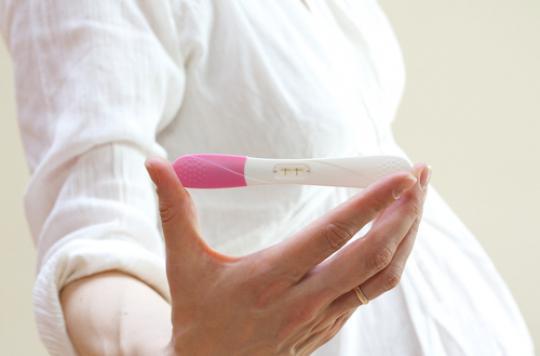
The number is stable, inequalities persist. In 2015, 218,000 French women resorted to voluntary termination of pregnancy (abortion). Except for a few thousand, this statistic has been stable since 2006, as shown by the Department of Research, Studies, Evaluation and Statistics (DREES) in a report. But in detail, these figures reveal large differences depending on age and region of origin.
From single to double
In mainland France, for every 1,000 women of childbearing age, 14 resort to abortion. In the overseas departments, it is almost double. These great disparities are also found between the different regions. Abortions are much more frequent in Île-de-France and Provence-Alpes-Côte-d’Azur than in Pays de la Loire. The gap goes from single to double.
This is not for lack of contraception since almost all of this population uses it in case of heterosexual intercourse. The use of the morning after pill has also been on the rise for several years.
On the other hand, inequalities in access to healthcare are a reality. Health Minister Marisol Touraine tried to reduce them with a plan presented in January. The objective: to remove territorial obstacles. But it seems that we have to wait longer before seeing the effects. The period of the year also includes the period of the year: voluntary terminations of pregnancy are less frequent during the summer and at the beginning of the year.
No more abortion in town
All women do not have the same recourse to abortion, also underlines this report. Those under 20 are the least likely to use it. Over time, the proportion of people affected increases before starting to decline around the age of 30. It is also the average age at which women give birth for the first time.
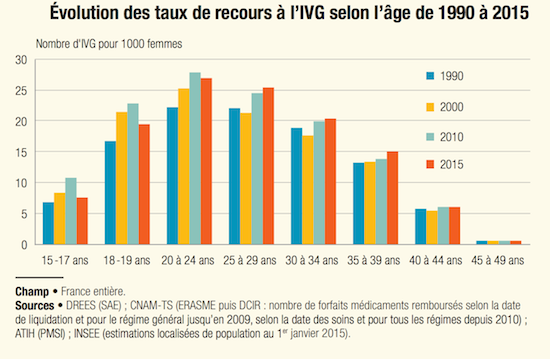
Source : DREES report
French law provides for two forms of abortion: medicinal or instrumental. The latter has seen strong growth in hospitals, where it accounts for half of procedures, against 10% in 1992. These establishments are still largely favored by women. Only 18% of them go to a private practice and 1.5% to a health center. Here again, outside Ile-de-France and Provence-Alpes-Côte-d’Azur, recourse is marginal.
.









